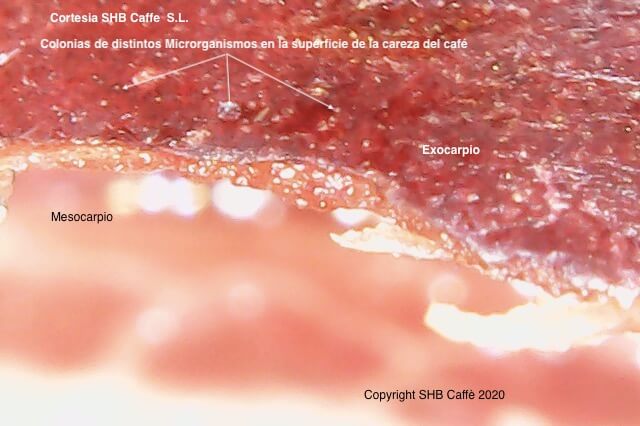In nature there are a great variety of microscopic organisms called microorganisms or microbes, these microorganisms can be grouped in different ways one of them is by the type of microorganism they can be bacteria, yeasts, fungi, protozoa just to mention a few.

Microorganisms are found in large numbers and everywhere, however not all of them can develop in all types of environments; in general, they require quite specific conditions to grow and multiply, if these conditions are not met, simply other microorganisms take their place.
In order to develop, microorganisms are very susceptible to the following environments.
Temperature: Not all microorganisms can grow in all environments, some of them grow and develop in cold environments and low temperatures, they are known as Psychrophiles, they can grow at very low temperatures as long as water is available in a liquid state. which can occur at temperatures below zero degrees, the temperature at which pure water freezes; Others, more than the majority, develop in environments similar to temperatures over a large part of the earth's surface and are known as Mesophiles; Finally, there are microorganisms that develop at extremely warm temperatures known as Thermophiles.
Water availability: Bacteria generally require a more humid environment to grow and develop; When found, they reproduce rapidly and can be as fast as every 20 minutes; If we take into account that growth is exponential, they quickly develop and invade the environment when they find optimal growth conditions.
After bacteria, yeasts develop more quickly, they require slightly less humid environments than bacteria, but they are more specific with the optimal conditions to be able to develop.
Finally, fungi require less water for their development, and they can tolerate highly acidic environmental conditions. All fungi require oxygen in order to survive.
Oxygen Availability: Many microorganisms condition their development to the presence (aerobes) or absence of oxygen, others can live in both environments and are known as facultative while if they can live without oxygen, they are known as anaerobes.
Among the physicians it may be that they do not use oxygen even though it is available.
Some microorganisms transform different compounds according to the availability and abundance of oxygen depending on the conditions of their environment.
Availability and abundance of substrates and products: The microorganisms are highly selective to develop or not; The availability of substrates or substances that they can take advantage of are important for their development and activity; in the same way, the products or the synthesis and elimination of substances transformed by microorganisms also determine their development; For example, most yeasts stop developing in media with the presence of alcohol that they themselves produced from glucose, the same happens with other compounds among microorganisms such as organic acids, aldehydes, ketones, glycerol, esters, etc.
The pH of the medium: The microorganisms are also very selective to the acidity of the medium where they develop, so that if the pH of the medium changes due to the synthesis of compounds or their degradation, it will have an impact on the development of microorganisms, inhibiting some and promoting the development of others.
Presence or absence of other microorganisms: The microorganisms usually compete with each other to develop and fight the available substrates, depending on the environmental conditions they can develop and be competitive or not; Likewise, some microorganisms cooperate with each other to develop and others develop from the extinction or modification of the environment by previously developed microorganisms, all this determines the populations of microbes that develop.
In coffee cherries, different microorganisms develop on the surface from flowering, the specific characteristics of the environment determine which microorganisms develop and in what order they coexist and modify the environment (the surface of coffee cherries); This contributes to giving the sensory characteristics that a coffee will have later and will obviously be determined by the species, variety, climatic conditions, orientation to the sun, health and nutritional status of the plant, rainfall, humidity and cultivation practices to all these characteristics that provide a unique environment for the development of microorganisms is known as terroir and is highly specific to each region.
Finally, the activity of microorganisms and enzymes in cherries and coffee beans includes transformation of lipids, proteins, amino acids, organic acids, alcohols and many compounds through proteolytic, lipolytic, oxidation, esterification, etc; the reactions of transformation of carbohydrates by the action of microorganisms without the need for oxygen (present or not) is known as fermentation, only these reactions specifically, so when we talk about the fermentation of coffee, we are using the word incorrectly since the Fermentation is just one type of reaction among many more microbial reactions.